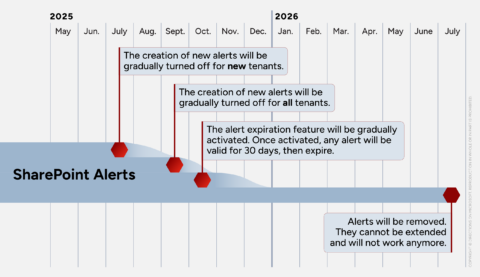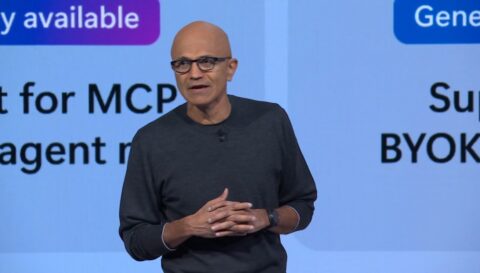Updated: October 3, 2024 (October 2, 2024)
BlogMicrosoft drops plan to absorb Power BI Embedded SKUs into Fabric

Microsoft has quietly changed direction with Fabric and Power BI licensing and is now only deprecating Power BI Premium P subscriptions at the end of 2025. Customers using the Power BI embedded SKUs (known as A and Premium EM) can breathe a sigh of relief, as the specter of significant cost increases next year has been vanquished.
What Is Power BI Embedded?
For several years, the Power BI service has provided two licensing options for customers who want to use the service to deliver reports to their own applications, like warehouse displays that show performance metrics or an internal Web application that shows daily sales levels. These options, known as Azure Power BI Embedded A SKUs and Power BI Premium EM SKUs, provide back-end hosting and delivery only, which is ideal for delivering reports to custom applications. However, the services do not include front-end user access through the Power BI portal or mobile applications, which means they are not a replacement for the other services like Premium P and Power BI Pro.
The real advantage of the embedded options is for the right scenario, they are lower-cost. The services have a lower price point and only require Power BI user licensing for report creators, not for consumers.
The Problem Was the Cost of User Licensing
In Mar. 2024, I wrote about how Power BI customers are being forced into Fabric licensing, when Microsoft announced the retirement of several Power BI licensing options by the end of 2024, including Premium P and Power BI embedded, which included Premium EM and A. (The announcement is still available although all references to the retirement of Power BI embedded have been removed, along with all comments.)
As part of that announcement, the company said that because Fabric is compatible with Power BI embedded (which it is) it would be the new licensing option for Power BI embedded workloads. The new F SKUs match up well with the existing EM and A SKUs both in performance and price when using capacity reservations, which you can find in Microsoft’s comparison table:
- F8 = EM1 and A1
- F16 = EM2 and A2
- F32 = EM3 and A3
- F64 = A4.
The cost problem arose because F SKUs below F64, which include F8, F16, and F32, require Power BI user licensing for report consumers. Under the original EM and A SKUs there is no Power BI user licensing required for those report consumers.
So, imagine a company currently using Premium EM as a solution to show performance metrics on displays in a warehouse with 200 workers. Using an EM1 SKU, the company pays US$625 per month.
Under a comparable F8 SKUs the same solution would cost US$625 per month for the F8 subscription and an additional US$2,000 per month for 200 Power BI Pro subscriptions to cover the workers who would see the displays. An increase of 420%.
A Change of Heart
It looks to me like sometime during the summer of 2024, perhaps while on vacation, some reasonable Microsoft officials read all the comments and listened to customer feedback and decided this wasn’t a good idea.
There were no big announcements highlighting the change of direction in Power BI embedded licensing or the change of heart over Power BI Report Server rights that I wrote about here. However, when Microsoft revamped the original blog post and we were able to verify the situation through other internal Microsoft sources, I was able to do something that rarely happens: I gave customers good news about Microsoft licensing.
Related Resources
Fabric is discussed in the Database, Analytics, and AI Roadmap (Directions members only)
Power BI is discussed in the Database, Analytics, and AI Roadmap (Directions members only)














